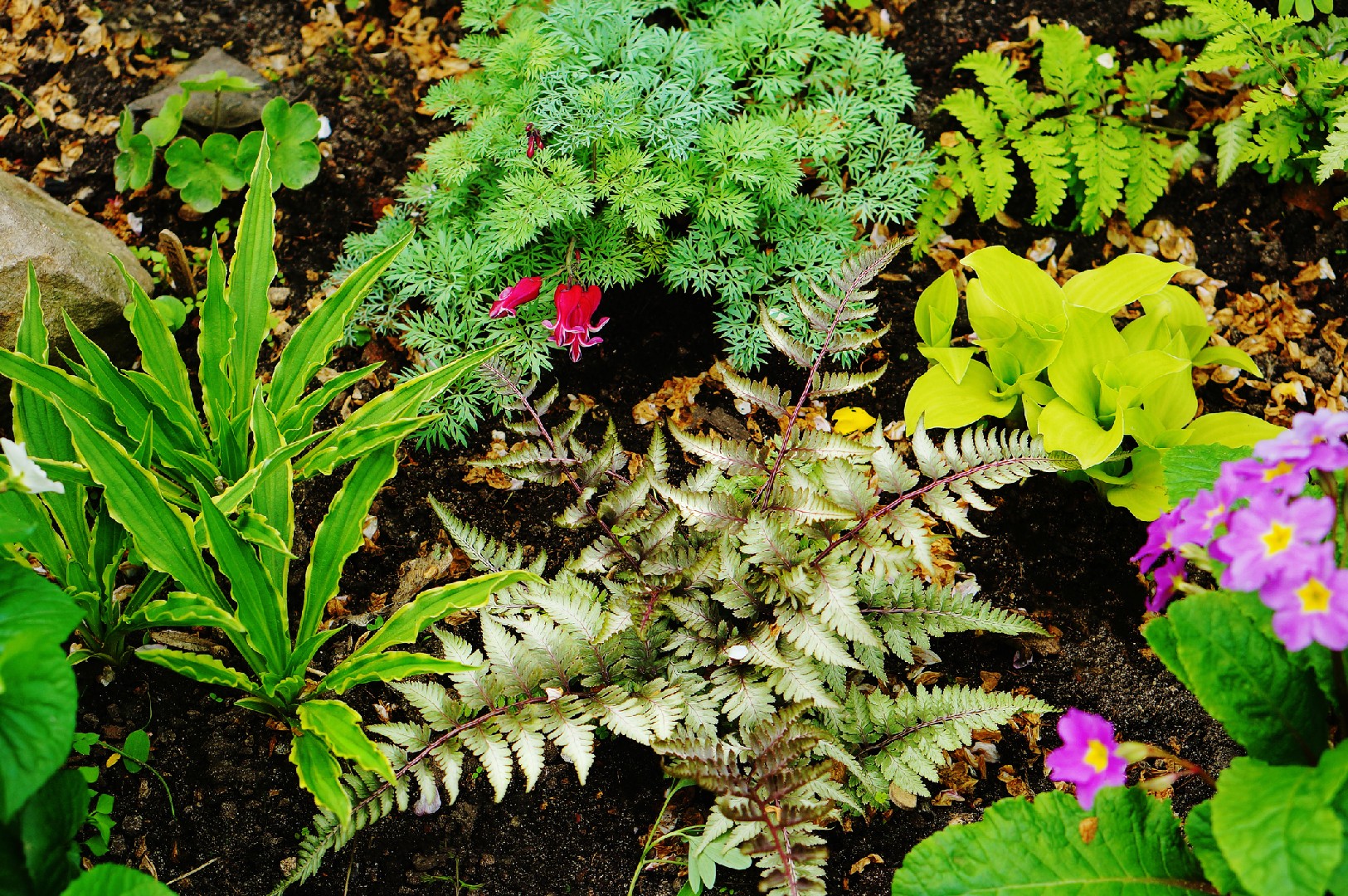![Rectangle]()
Choosing Your Edible Perennials
When it comes to creating a tantalizing garden design with edible perennials, it's important to choose the right plants for your specific needs and preferences. There are several factors to consider when selecting perennials, such as climate suitability, nutritional value, and appearance.
Firstly, climate suitability is crucial for the success of your edible perennials. Different plants thrive in different climates, so it's important to choose varieties that are well-suited to your specific region. Consider the average temperatures, rainfall, and sunlight in your area when making your selection. This will ensure that your plants can grow and produce food year after year.
Nutritional value is another important factor to consider. Not all edible perennials offer the same level of nutritional benefits, so it's worth researching the nutritional profiles of different plants. For example, herbs like sage and rosemary are rich in antioxidants and have various health benefits. Vegetables like rhubarb and asparagus are packed with vitamins and minerals. And fruits like gooseberries and raspberries are high in fiber and vitamin C. By choosing a variety of edible perennials with different nutritional values, you can create a well-rounded garden that contributes to a healthy and balanced diet.
In terms of appearance, edible perennials can be just as visually appealing as ornamental plants. Some popular options include lavender with its beautiful purple flowers, chives with their vibrant green foliage, and strawberries with their bright red fruits. Consider the colors, textures, and shapes of the plants you choose to create an aesthetically pleasing garden design.
When it comes to practical aspects, planting times, space requirements, and maintenance level should also be considered. Each plant has its own planting season, so make sure to follow the specific instructions for each variety to ensure successful growth. Additionally, consider the space requirements of different plants. Some perennials, like rhubarb and asparagus, require larger growing areas, while others, like herbs, can be grown in containers or small gardens. Finally, think about the maintenance level required for each plant. Some perennials may require regular pruning, fertilizing, or pest control measures, while others are more low-maintenance.
By carefully considering these factors and selecting the right edible perennials for your garden, you can create a stunning, fruitful landscape that not only looks beautiful but also provides you with a constant source of fresh, nutritious food. Don't be afraid to experiment with different combinations of plants to find what works best for your specific climate and preferences. Happy gardening!





